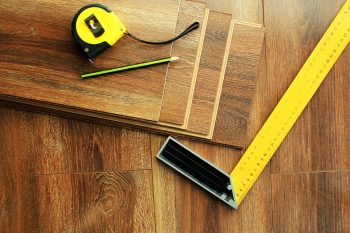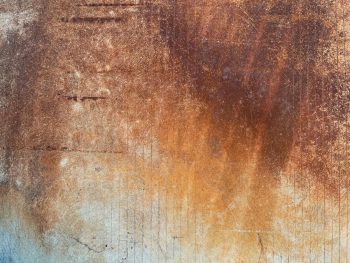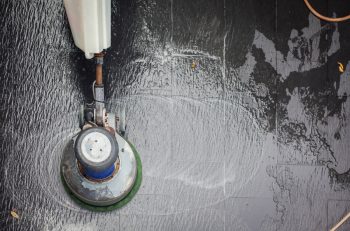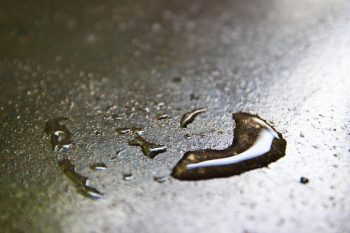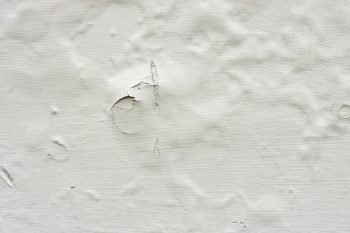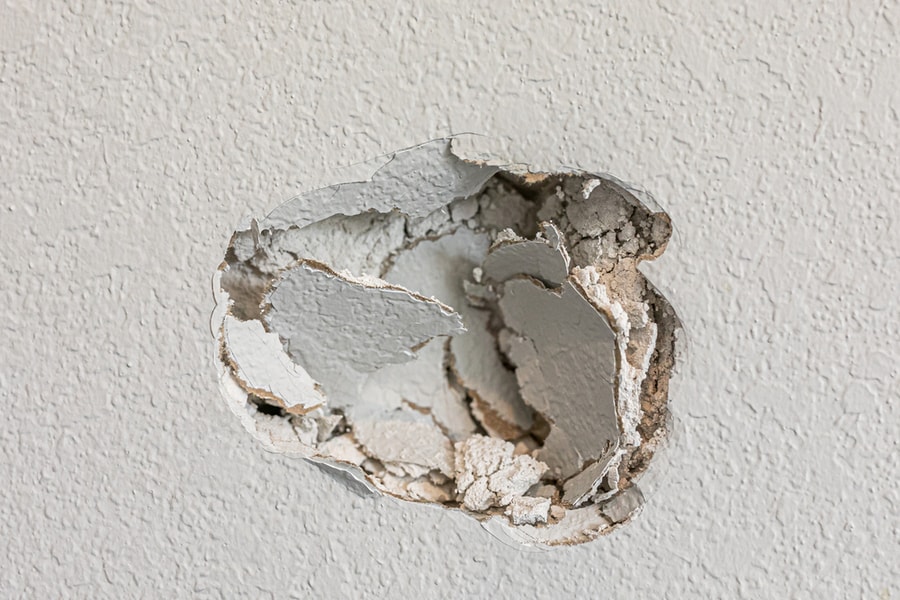
Holes in walls happen. To fix a drywall hole, hire a professional or do it yourself. However, doing it yourself is easier than you think and can save you money.
There are many ways to fix a hole in the wall, but three of the best are:
- Plaster repairs
- Wall repair Putty
- Homemade spackling
When repairing a hole larger than a quarter, you may need to use a mesh patch.
For holes larger than a fist, you will need drywall support.
Let’s detail three ways you can fix a hole in the wall yourself, including one that uses only supplies you probably already have.
3 Ways To Fix a Hole in Drywall
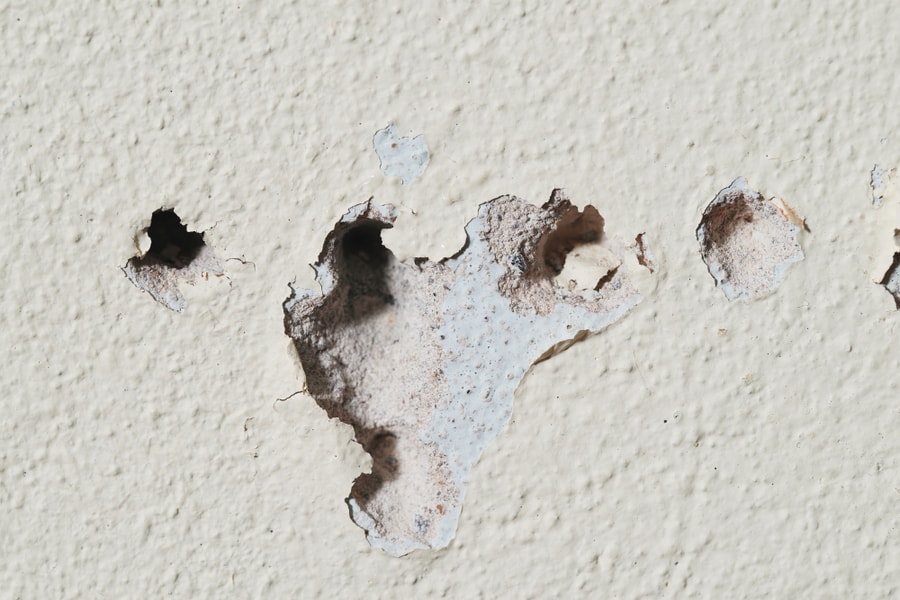
Holes happen, and they’re usually quite easy to fix.
Here are three easy ways to repair drywall.
1. Plaster

Plaster is the traditional method and requires only simple tools. However, plaster is messier than spackle.
Supplies
- A bag of plaster
- Water
- A small container you don’t mind ruining
- A putty knife
- Mesh Patch (for medium-sized holes)
- Drywall patch (for large-sized holes)
- Paint
- Paintbrush
- Sandpaper
- Wall texture spray (optional)
- Tarp or plastic sheet (optional but recommended in carpeted areas).
Process
- Begin by laying out all your materials within easy reach.
- If you use a tarp or sheet, lay that out under the hole to protect the floor.
- Gently remove any loose bits from the wall with your fingers.
- Mix the plaster and water in your chosen container according to the manufacturer’s directions.
- When using a patch, begin by using some plaster as glue and attaching it.
- Apply generous plaster to the hole with the putty knife, slowly building up a thick layer to patch the entire area.
- When done, use the flat edge of the putty knife to scrape off excess plaster (it’s okay if it’s not perfect right now).
- Allow the plaster to cure for 24 hours.
- While waiting, clean your knife, container, and floor carefully to avoid plaster hardening on any of them.
- Once the repair has cured, sand the area to closely match the wall.
- Spray the repair with wall texture spray if using (follow instructions from the manufacturer since all sprays are a little different).
- Allow the texturing spray to dry for ten minutes.
- Prep your paint and paintbrush.
- Paint the repair to blend with the rest of the wall.
2. Putty
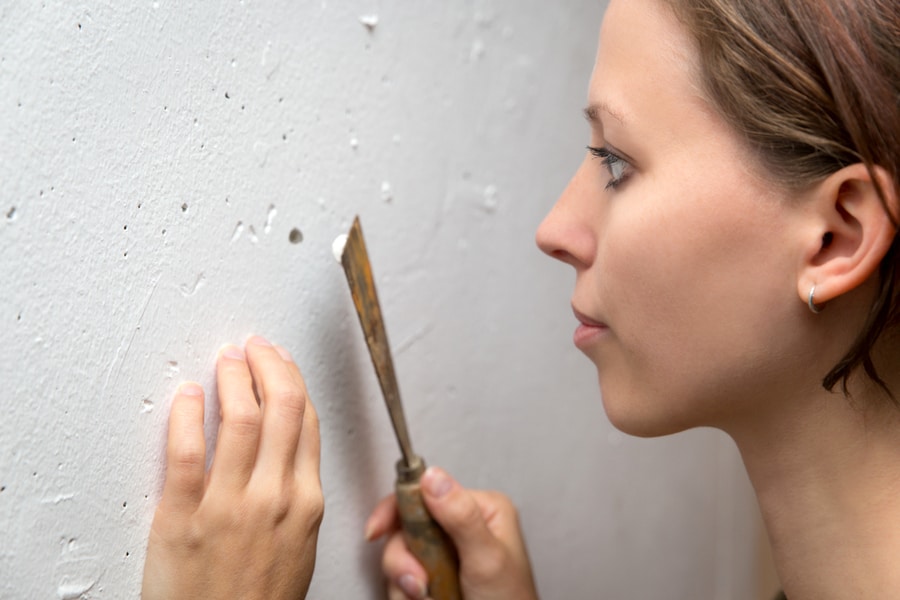
This is a more modern method for repairing holes in drywall because it is user-friendly.
Putty is thick enough not to be as messy as plaster and often cures more quickly.
Some products conveniently change colors to let you know when it’s ready to paint. However, this is more expensive per pound than plaster and doesn’t store well.
Supplies
- Wall putty
- Putty knife
- Paintbrush
- Paint
- Sandpaper
- Mesh or drywall patch (if needed)
Process
- Start by removing loose bits from the edges of the hole.
- Open the container of putty (the closer the container’s time of application, the better).
- Use a small amount of putty to adhere any support or patch to the hole.
- Build a layer of putty over the entire hole, starting from the edges and working in.
- Once the entire hole is covered, use a swipe of the putty knife to remove the excess and smooth the area somewhat.
- Let the putty cure according to manufacturer instructions.
- Sand the repair down until flush with the wall.
- Paint the repair to match the surrounding area.
3. Homemade Spackling
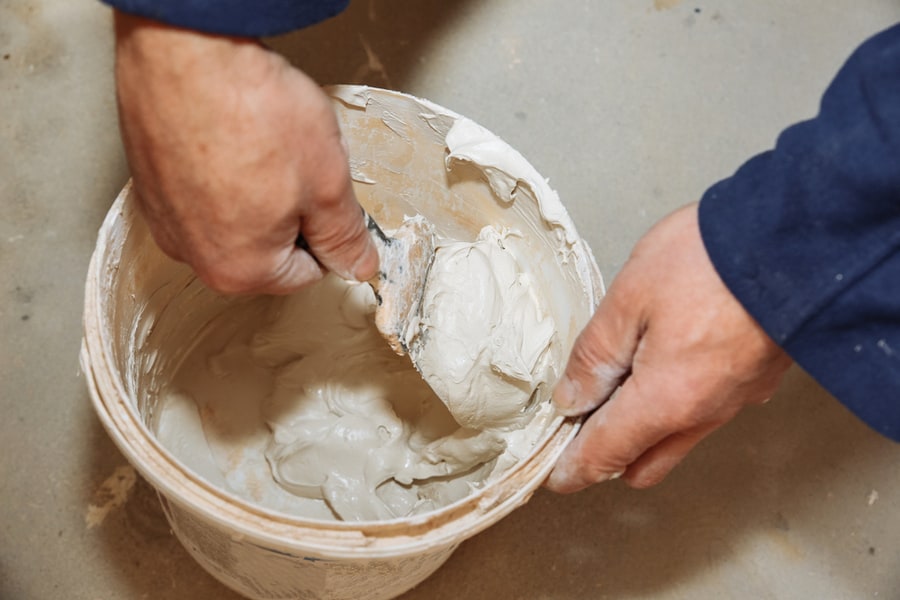
While not the first thing many people jump to, repairing a hole in the wall with household materials is possible.
This solution is best used on holes of small to medium size, although you can make a support form for larger holes.
Supplies
- Newspaper (for medium and larger holes)
- Sugar
- Flour
- White paint or primer
- A spackling knife (a butter knife can work in a pinch)
- Sandpaper
- Paintbrush
- Paint matched to your wall color
Process
- Lay out your supplies, and decide whether you will use a patch.
- Make the faux drywall if necessary (see below).
- Make the spackle (see below).
- If using a homemade patch or support, adhere it to the existing wall with some of your spackle.
- Use the spackle knife to apply generous amounts of spackle to the hole.
- Gradually build up a thick layer of spackle that fills the hole.
- Remove excess spackle, so the repair is flush with the wall (don’t worry about perfection right now).
- Let the spackle cure for 24 hours.
- Using sandpaper, gently smooth the repair to blend it with the rest of the wall.
- Paint the repair to match the rest of the wall.
Making the Spackle
- Measure out enough paint or primer to cover the hole and place it in a small container.
- Add two parts flour to one part sugar until the overall mixture is a thick paste.
- Use this homemade spackle within 20 minutes, or it may dry before you are done.
Creating the Faux-Drywall
You will want to use a form for added stability for larger holes.
Usually, this would be done with drywall, but you can also make your own with 3 pieces of newspaper and homemade spackle.
In the case of medium holes, you can also use a single sheet of newspaper in place of mesh.
- Cut the newspaper to size, and lay out the first piece on a flat surface.
- Then you will spread the spackle onto the newspaper in a thin, even layer.
- Lay the next piece of newspaper on top of the spackle.
- Repeat steps 2 and 3 one more time.
- When done, you should have a drywall-shaped object with newspaper on the outside layer.
- Let this sit until hard, which usually takes a couple of hours.
How To Use a Drywall Support
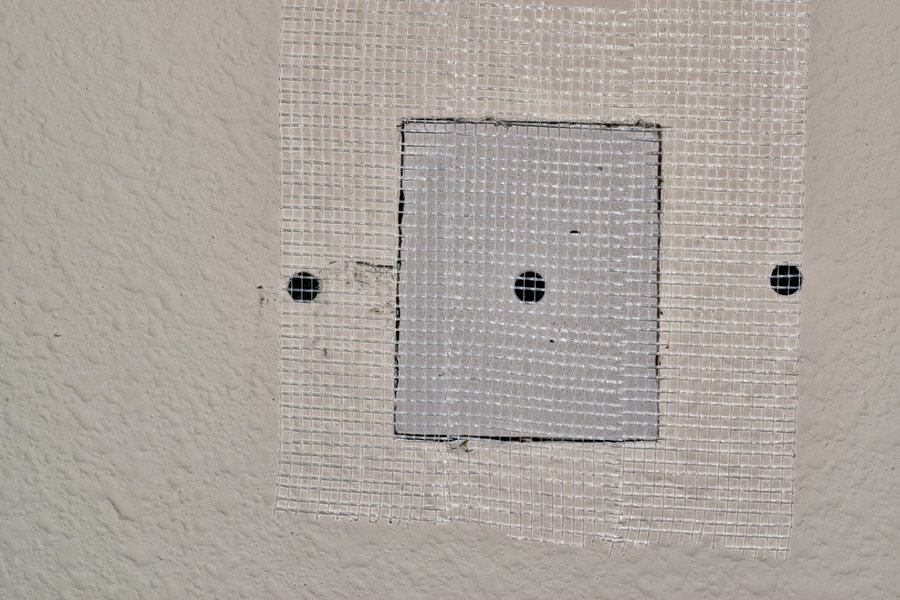
For holes larger than your fist, you will need more support than the mesh alone can provide. Otherwise, this area will likely have a soft texture and be prone to future damage.
When using drywall to assist in a repair, cut it into a square that will easily fit in the hole (preferably with two or more corners flush with the wall).
Then, apply your joint compound to the edges of the square and fit it into the hole. The joint compound should then be allowed to set, binding the new drywall to the old.
After it is fully cured, you can proceed with the repair.
Conclusion
There’s no reason to call a professional for a simple repair like a hole in a wall.
There are many user-friendly products on the market, more traditional budget-friendly ones, and even a way to avoid a trip to the hardware store altogether.
Putty, plaster, or homemade spackle are great for repairing drywall.
Frequently Asked Questions
How Long Does It Take To Fix a Hole in the Wall?
You can fix a small hole in as little as 15-20 minutes, while a large hole can take 1-2 hours. Then you will need to allow 24 hrs. for the patch to cure.
When Do I Need Additional Drywall To Fix a Hole in the Wall?
It can sometimes be hard to tell when to use a drywall patch.
However, a good rule of thumb is when the hole exceeds three fingers in either width or height. Mesh is insufficient for this size, and the wall will feel soft without more support.

